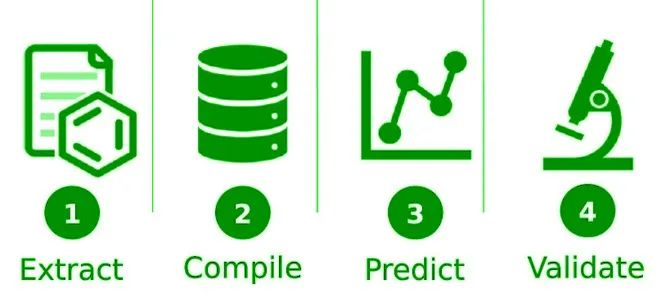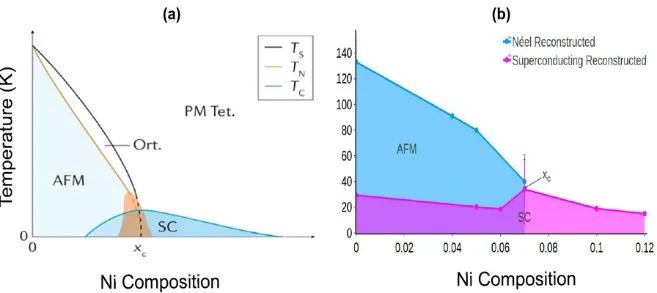海归学者发起的公益学术平台
分享信息,整合资源
交流学术,偶尔风月

以材料基因工程为代表的材料信息学将人工智能引入材料研究,有望变革性地加速材料发掘的进程,是当前研究的热点。然而,目前数据库的缺乏是材料信息学发展最大的瓶颈。如何快速获得海量、标准化、面向材料不同性质的材料数据是一个重要挑战。

Magnetic and superconducting phase diagrams and transition temperatures predicted using text mining and machine learning
Callum J. Courtand&Jacqueline M. Cole
Predicting the properties of materials prior to their synthesis is of great importance in materials science. Magnetic and superconducting materials exhibit a number of unique properties that make them useful in a wide variety of applications, including solid oxide fuel cells, solid-state refrigerants, photon detectors and metrology devices. In all these applications, phase transitions play an important role in determining the feasibility of the materials in question. Here, we present a pipeline for fully integrating data extracted from the scientific literature into machine-learning tools for property prediction and materials discovery. Using advanced natural language processing (NLP) and machine-learning techniques, we successfully reconstruct the phase diagrams of well-known magnetic and superconducting compounds, and demonstrate that it is possible to predict the phase-transition temperatures of compounds not present in the database. We provide the tool as an online open-source platform, forming the basis for further research into magnetic and superconducting materials discovery for potential device applications.

扩展阅读
npj: 人工智能—4D显微图像的多维学习
npj: 薄膜材料库—计算-组合合成新材料
npj: 可靠、可解释的机器学习方法加速材料发现
npj: 吉大王彦超教授发现—高压下新奇的Al-S化合物
本文系网易新闻·网易号“各有态度”特色内容
媒体转载联系授权请看下方

 论文排版软件
论文排版软件